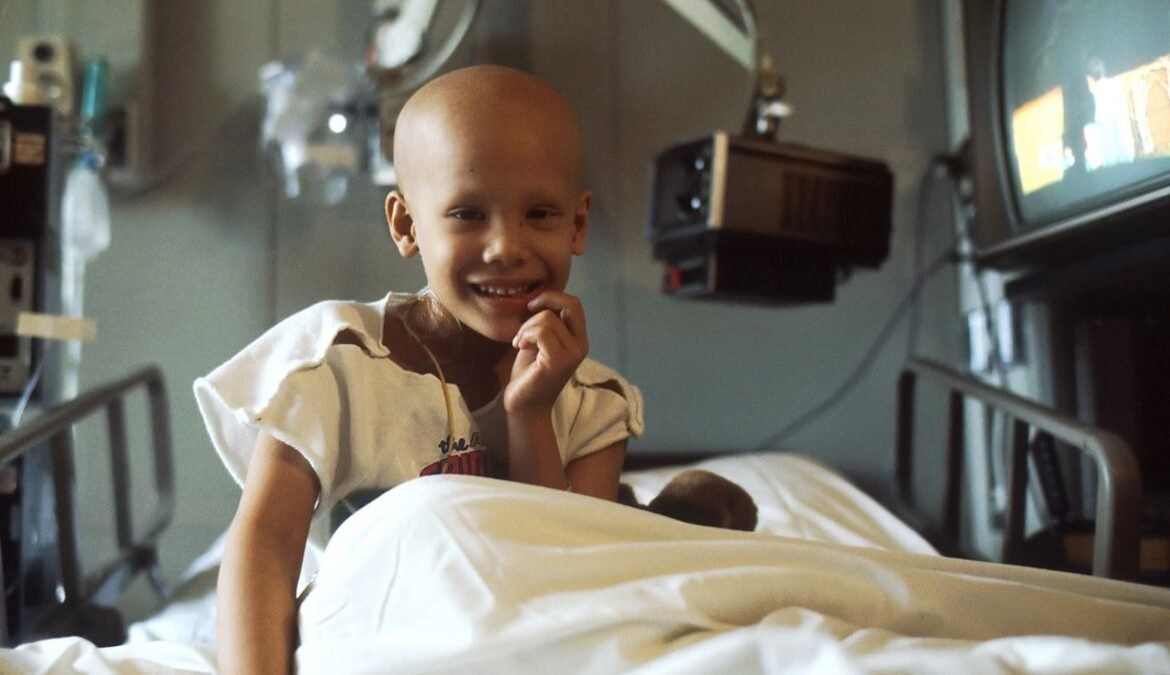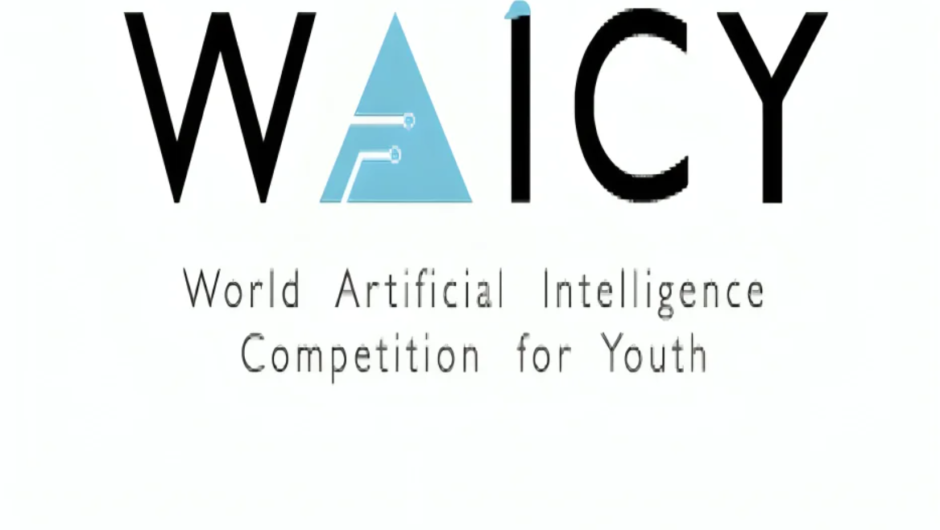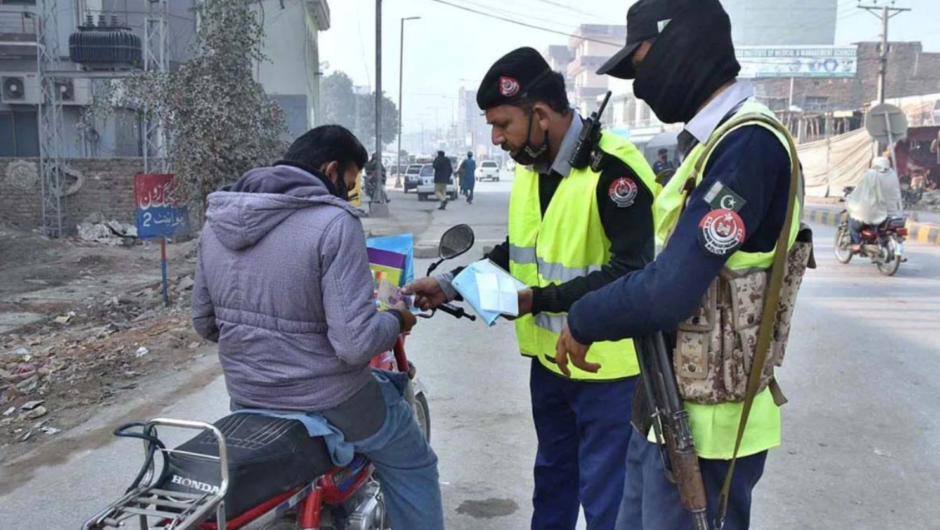In a momentous medical achievement, 13-year-old Lucas Jemeljanova has made history as the first known survivor of diffuse intrinsic pontine glioma (DIPG), a rare and previously untreatable form of brain cancer. His complete recovery, following years of experimental treatment, marks a transformative breakthrough in pediatric oncology and offers unprecedented hope to families and scientists worldwide.
Understanding DIPG: A Once Incurable Brain Cancer
Diffuse intrinsic pontine glioma (DIPG) is one of the most aggressive and devastating brain tumors, primarily affecting children between the ages of five and ten. Located in the brainstem, this tumor impairs vital functions such as breathing, movement, and heart rate regulation. Historically, DIPG has been deemed terminal, with most patients surviving less than a year after diagnosis.
For decades, researchers have struggled to find an effective treatment due to the tumor’s delicate location and resistance to conventional therapies like surgery, chemotherapy, and radiation. The disease’s complexity has made it one of the most challenging frontiers in medical science.
Lucas’s Journey from Diagnosis to Recovery
Lucas Jemeljanova’s story began at age six when he was diagnosed with DIPG after experiencing balance problems and difficulty speaking. Doctors initially gave his family a grim prognosis, as no child had ever survived the disease. However, a groundbreaking clinical trial offered Lucas a chance at an untested form of treatment that combined targeted gene therapy with precision immunotherapy.
Over several years, Lucas underwent multiple treatment phases designed to retrain his immune system to recognize and destroy tumor cells without damaging healthy tissue. His progress was slow but steady, and after years of careful monitoring, doctors confirmed that the tumor had completely disappeared.
Medical experts describe his recovery as nothing short of miraculous, noting that Lucas’s case defied every known expectation in oncology. His survival has become a source of inspiration for researchers and patients facing similar diagnoses.
A New Horizon for Cancer Research
Lucas’s case is now the focus of extensive international study as scientists work to understand why the therapy was so successful. Researchers believe his treatment could hold the key to developing broader, more effective approaches for brain cancers once thought incurable.
This milestone underscores the growing potential of personalized medicine and genetic engineering in transforming cancer care. By tailoring therapies to each patient’s genetic profile and immune response, doctors hope to turn once-fatal diseases into treatable conditions.
Experts stress that while Lucas’s recovery represents a singular triumph, it also signals the start of a new chapter in medical research. His case demonstrates what is possible when science, innovation, and compassion converge in the pursuit of saving lives.
Inspiration for Families and the Medical Community
Lucas’s remarkable survival has brought renewed optimism to families affected by pediatric cancers worldwide. His journey reflects the strength of a child’s resilience, the determination of medical professionals, and the extraordinary possibilities of modern science.
As researchers continue to study his treatment, Lucas’s story stands as a powerful reminder that even the most hopeless diagnoses can one day be overcome through persistence, discovery, and human courage.
Topics #DIPG Survivor #Lucas Jemeljanova Recovery #Medical Breakthrough 2025 #Pediatric Brain Cancer Cure #trending pakistan




